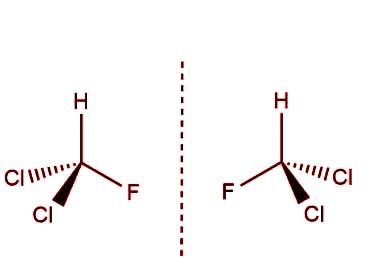Prepare a pure sample of meta dinitrobenzene from nitrobenzene.
Theory:
Meta dinitrobenzene can be prepared by heating nitrobenzene with fuming nitric acid in the presence of concentrated H2SO4. Small amounts of ortho and para-isomers are also formed and can be removed from the mixture by crystallization to leave pure meta dinitrobenzene.
Chemical Equations:
Apparatus :
250 ml. round-bottomed flask. 250 ml. beaker, buchner funnel, water pump. filtration flask. water bath, tripod stand, burner,. filter papers etc.
Chemicals required :
Nitrobenzene, Fuming nitric acid, concentrated sulphuric acid
Procedure:
- Take 6-7 ml. of fuming nitric acid in a clean and dry 250 ml. round-bottomed flask.
- Add to it 9-10 ml. of the concentration of H_{2}*S*O_{4} in small lots, and cool the flask under tap water to prevent temperature rise.
- Add a few pieces of broken porcelain to the flask. Add 5 ml. nitrobenzene in small lots, add one ml. at a time, and shake after each addition, cool the flask under tap water if the temperature tends to rise.
- Set the flask with an air condenser, and heat it for about half an hour in a boiling water bath. Shake the flask occasionally during heating.
- Remove a drop of the reaction mixture using a glass tube and pour it into cold water. If it hardens to a pale yellow mass, stop heating. Continue heating if a semisolid is formed.
- Remove the condenser and pour the hot reaction mixture as a stream into a beaker containing approximately 150 ml. When m-dinitrobenzene solidifies into a yellow mass, cool ice water with continuous stirring.
- Filter the crystalline mass using a Buchner funnel and suction pump. Wash it with cold water and drain out all washings by application of suction.
- Crystallize crude m-dinitrobenzene from rectified spirits, filter through a grooved filter paper to separate the crystals, and place it between the folds of the filter paper to dry.
- Note the weight of the dry product and determine its melting point.
Results:
Yield= 5.0 g (approximately)
Melting point = 90° C
Let me know if you have more questions or if there is a specific topic that you would like to know more about.





If you have any doubts, please let me know